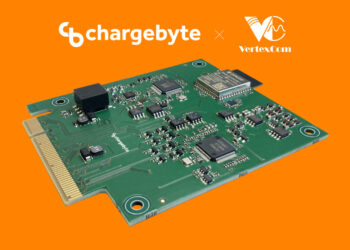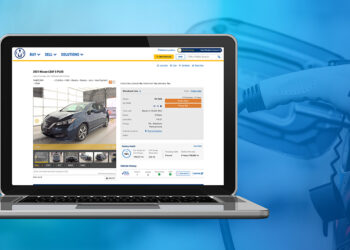Does growing the variety of electrical autos (EVs) on the grid really end in decrease utility prices for all prospects?
That’s simply what a not too long ago revised study discovered. The research shows that EV customers usually are not receiving subsidies from different prospects and that, in reality, they’re driving costs down. Total, EV shoppers have supplied greater than $1.7 billion in web income to utility prospects between 2012 and 2021 in three US-based utility service areas which have probably the most EVs.
To keep away from the worst results of local weather change and shield public well being, the transportation sector should be restructured. The transport sector is likely one of the nation’s largest sources of worldwide warming air pollution and a giant supply of dangerous native air air pollution. Merely put, this requires the broad adoption of electrical autos comparable to vehicles, vans, buses, and so on. which are powered by electrical energy. The grid is already clear sufficient that EVs minimize emissions enormously, however it’s more and more based mostly on emissions-free sources comparable to wind and photo voltaic.
It’s a standard misperception that widespread EV charging will pressure {the electrical} system and require costly upgrades that increase electrical energy costs. The alternative, nevertheless, has been noticed in the true world, in response to a Synapse Power Economics evaluation of the three utility service territories which have probably the most EVs of any grids in the US: Pacific Fuel & Electrical (PG&E), Southern California Edison (SCE), and San Diego Fuel & Electrical (SDG&E). EVs usually cost in a single day when individuals are sleeping and there may be loads of spare capability on the grid.
Solely 9–14 % of EV charging for time-of-use (TOU) rate customers happens throughout on-peak hours when total energy demand is at its highest. EVs that function on default charges nonetheless use much less electrical energy throughout peak hours than typical households — though, there may be nonetheless a have to transition these people to time-of-use charges, which improves gas price financial savings by encouraging off-peak charging.
Since EVs usually are not straining the grid, there are few marginal prices concerned with offering EV charging, however there are appreciable further revenues which are returned to all prospects within the type of decrease charges and payments. Cash that will have gone to the oil business in any other case.
From 2012 by way of 2021, Synapse examined the revenues and bills associated to EVs within the service areas of PG&E, SCE, and SDG&E. Along with the prices of any related upgrades to the distribution and transmission grid and the prices of utility EV packages which are deploying charging stations for all sorts of EVs, they in contrast the brand new income utilities obtained from EV drivers to the price of the power required to cost these autos.
Drivers of EVs are projected to have contributed $1.7 billion greater than the prices concerned. The truth that nearly all of EV drivers proceed to pay excessive upper-tier prices and are in default charges isn’t the one cause for this discovering. The drivers would nonetheless have generated nearly $1.4 billion in web earnings, even when three out of 4 have been utilizing time-of-use charges meant for EVs.
Some may assume that the extra $1.7 billion went to utility shareholders, however due to an accounting technique known as “income decoupling,” utility prospects really obtain that cash again within the type of decrease charges and payments. Though there could also be a delay between utility fee circumstances in areas that haven’t but adopted income decoupling, EV charging ought to nonetheless put downward strain on charges to the benefit of all prospects.
EV adoption is on track, however packages that promote EV use and ensure EV charging is completed in a method that helps the grid require higher funding. With this research, researchers have noticed firsthand the downward strain that EVs are placing on charges in the true world. Electrical autos have the potential to make American highways cleaner, shield shoppers from the whims of the worldwide oil market, and scale back the sum of money utility customers should spend on their electrical payments.
So, does growing the variety of electrical autos on the grid really end in decrease utility prices for all prospects? The reply is sure — growing the variety of EVs on the grid does really end in decrease utility prices for all prospects.
Recognize CleanTechnica’s originality and cleantech information protection? Take into account changing into a CleanTechnica Member, Supporter, Technician, or Ambassador — or a patron on Patreon.
Do not need to miss a cleantech story? Join daily news updates from CleanTechnica on electronic mail. Or follow us on Google News!
Have a tip for CleanTechnica, need to promote, or need to counsel a visitor for our CleanTech Discuss podcast? Contact us here.









